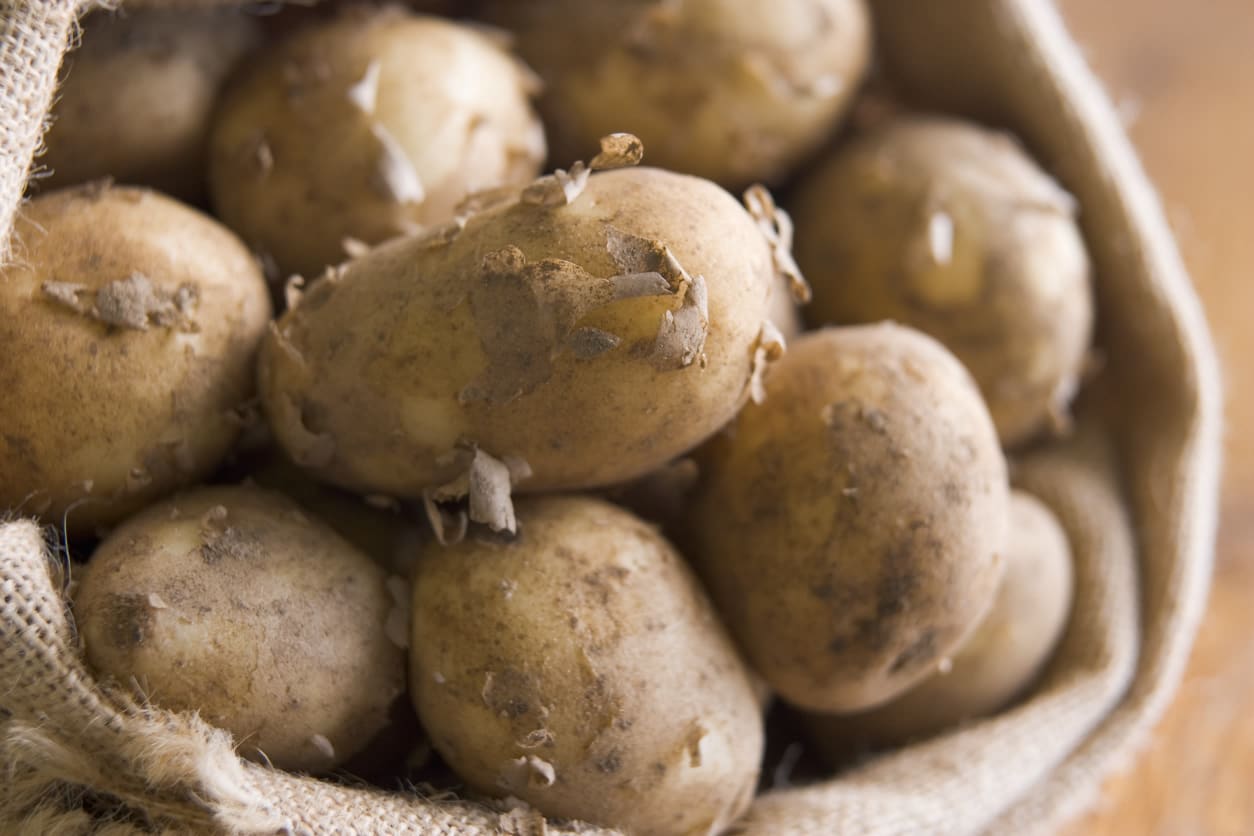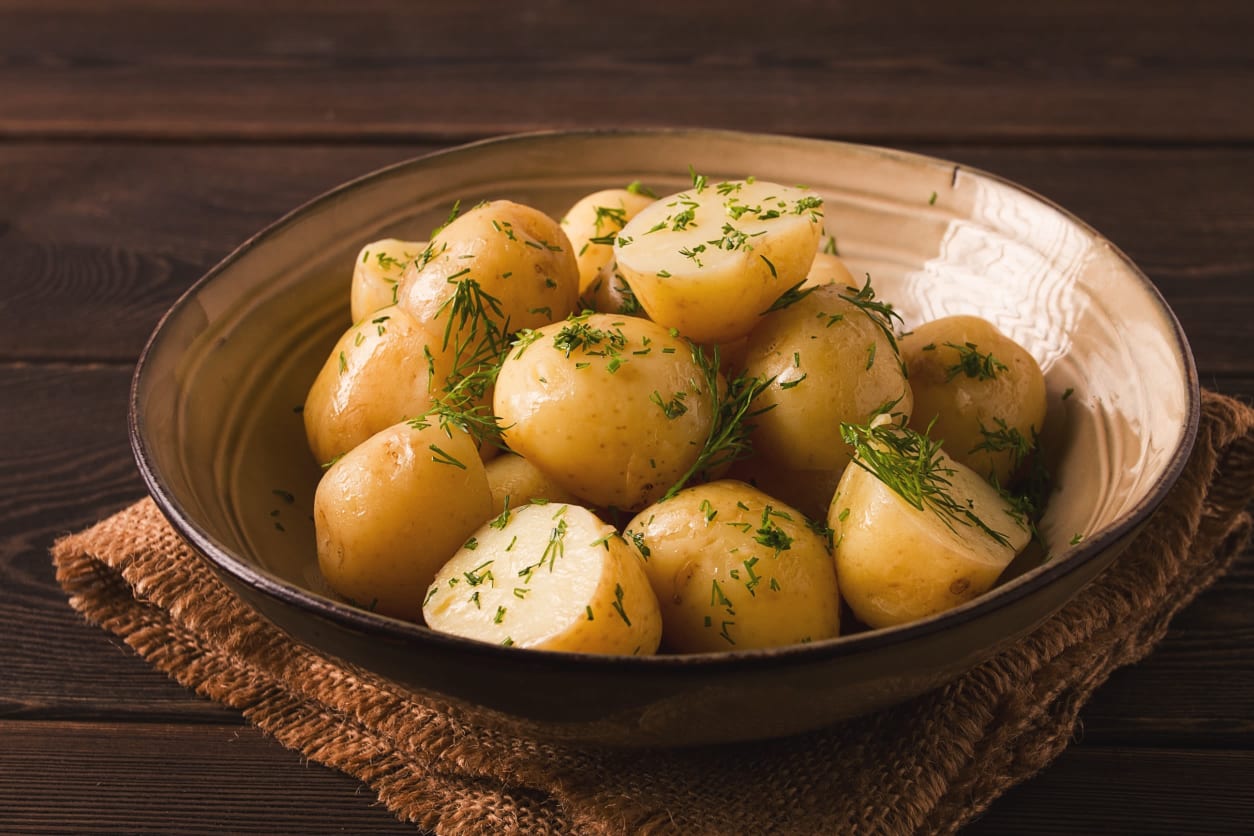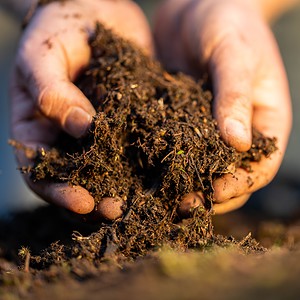Quiche is the official dish chosen to mark the coronation of King Charles III this weekend. Why not pair yours with some British-grown Jersey Royal potatoes, in season this spring?
In season from March to July, the Jersey Royal is only grown on the island of Jersey in the Channel Islands, where it gets its distinct flavour from the local soil – qualifying it for EU Protected Designation of Origin status.
During the peak season in May, around 1,500 tonnes are exported from the island each day – mostly to be snapped up in the UK.
But it’s a long and labour-intensive journey to get them to our plates.
Growing Jersey Royal potatoes
Farmers typically start off the plants under glass around November, before planting them out from January to April.
Although crops from flat fields are mechanically harvested, much of the Jersey Royal crop is grown on slopes called côtils, where they have to be harvested by hand.
Many farmers also still use vraic – seaweed harvested from the beach – as a natural fertiliser; a practice that dates back to the 12th century.

The challenges of Jersey weather
Christine Hellio, with her husband Didier, is a Jersey Royal farmer from St Ouen who has been growing Jersey Royals for more than 30 years.
She says: “The most important factor in growing a successful crop of Jersey Royals has to be the weather, which is ever-changing!
“The ideal growing conditions would be some nice sunshine to warm up the ground, and then a little shower of rain overnight to keep the soil hydrated.”
The main difficulties, she explains, are down to the weather. “It can sometimes be difficult being on an island, as it can often get very windy.
“It is also tricky when we have frost, as this can hugely affect the crop,” she says. “To avoid this, we cover the potatoes with fleecy blankets which warm the ground and act as a physical barrier against frost, wind and rain.”

Optimising your Jersey Royal potatoes
To get the most out of your Jersey Royals, keep them in their skins for maximum vitamin C.
And, for the carb-conscious, the good news is that new potatoes score lower on the glycaemic index than a baked potato or dollop of mash.
The same is also true of potatoes that have been boiled and chilled to form resistant starch (which doesn’t break down in the gut and so travels to the colon, where it becomes food for our gut bacteria).
Plus, new potatoes are the perfect addition to a coronation quiche!
Enjoyed this article?
Discover six secrets to ageing well
For articles and recipes subscribe to the Optimum Nutrition newsletter
Discover our courses in nutrition






